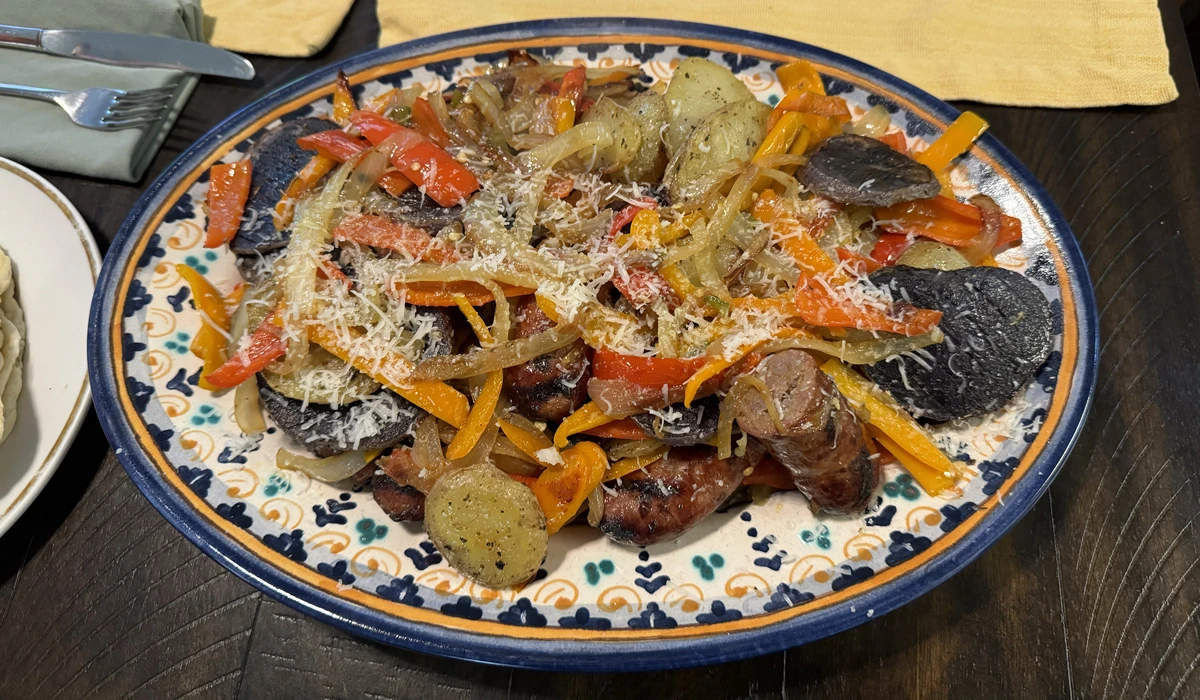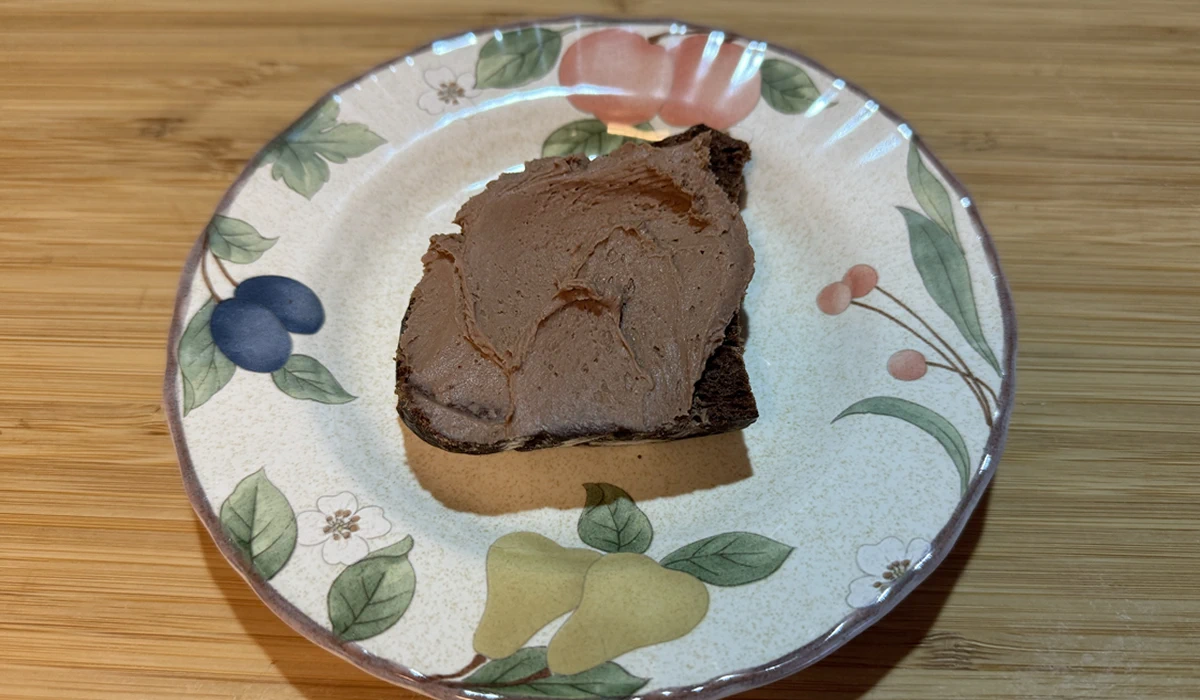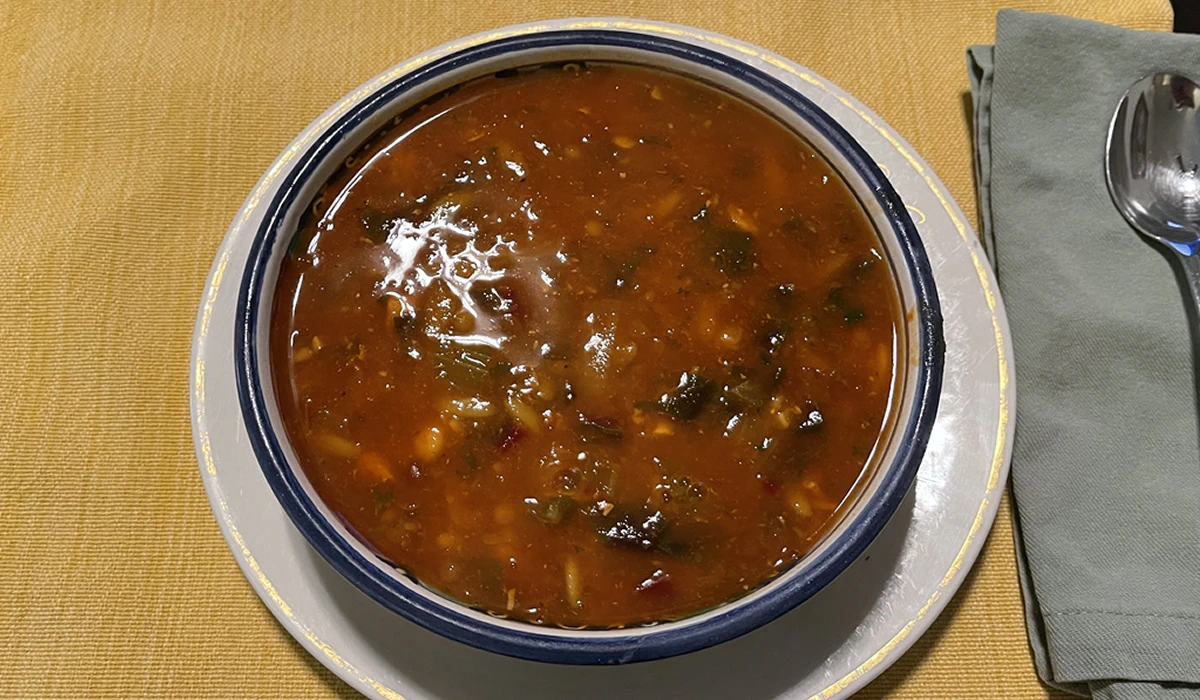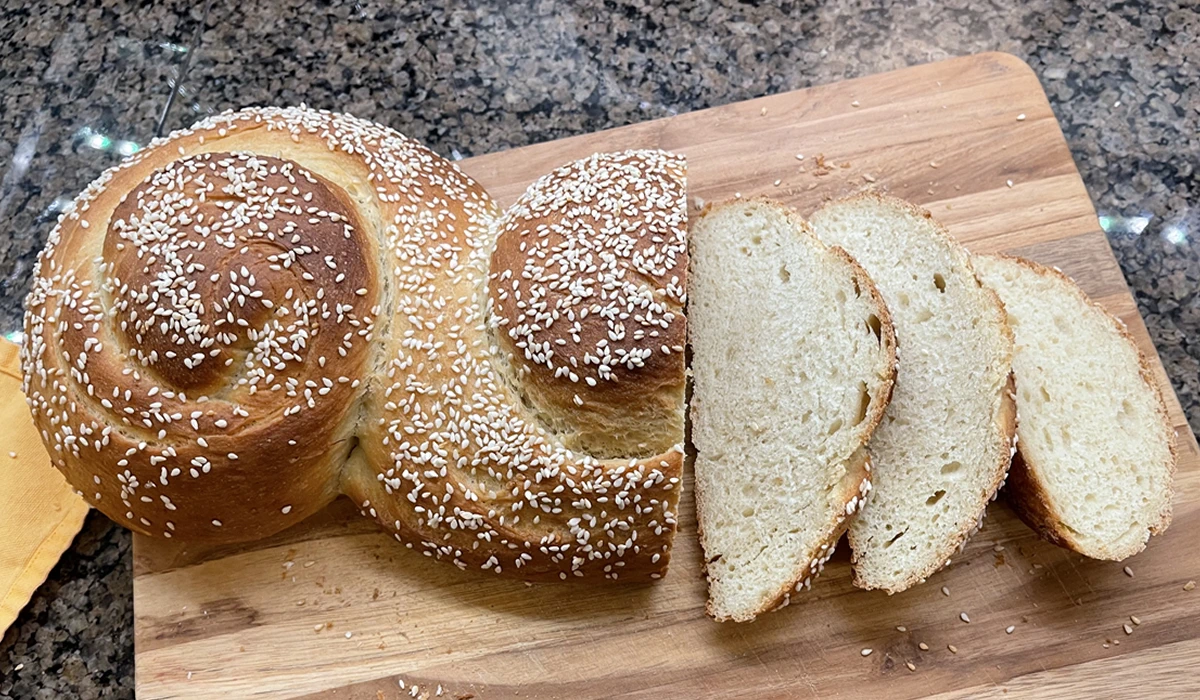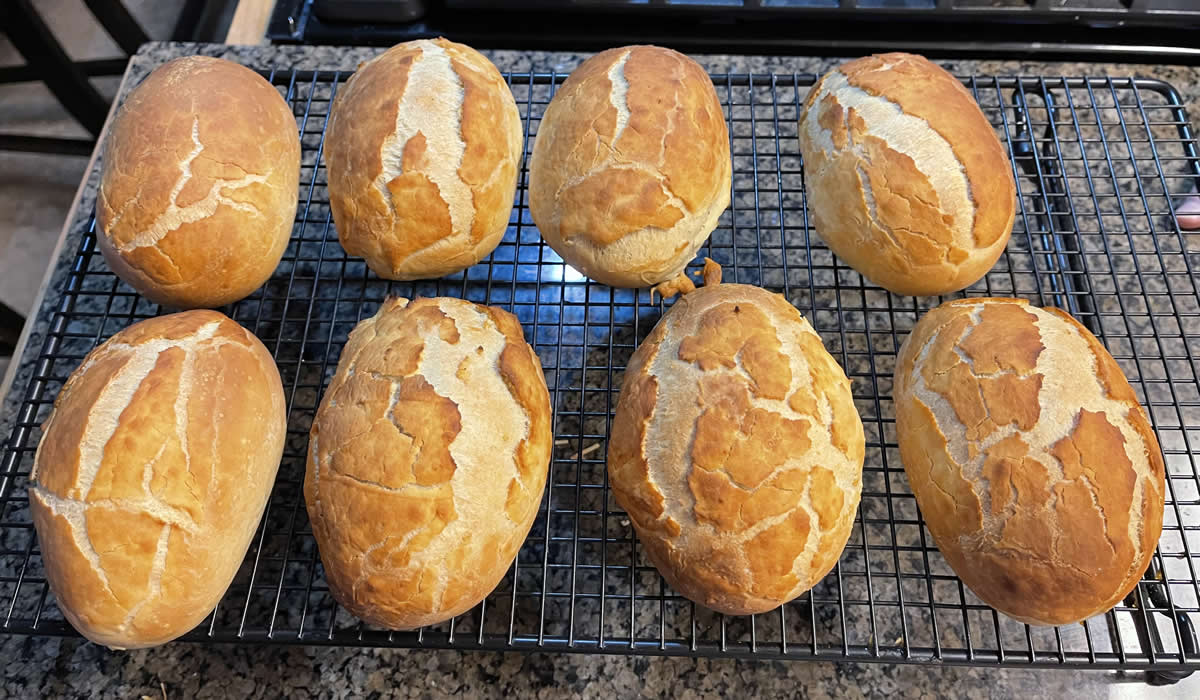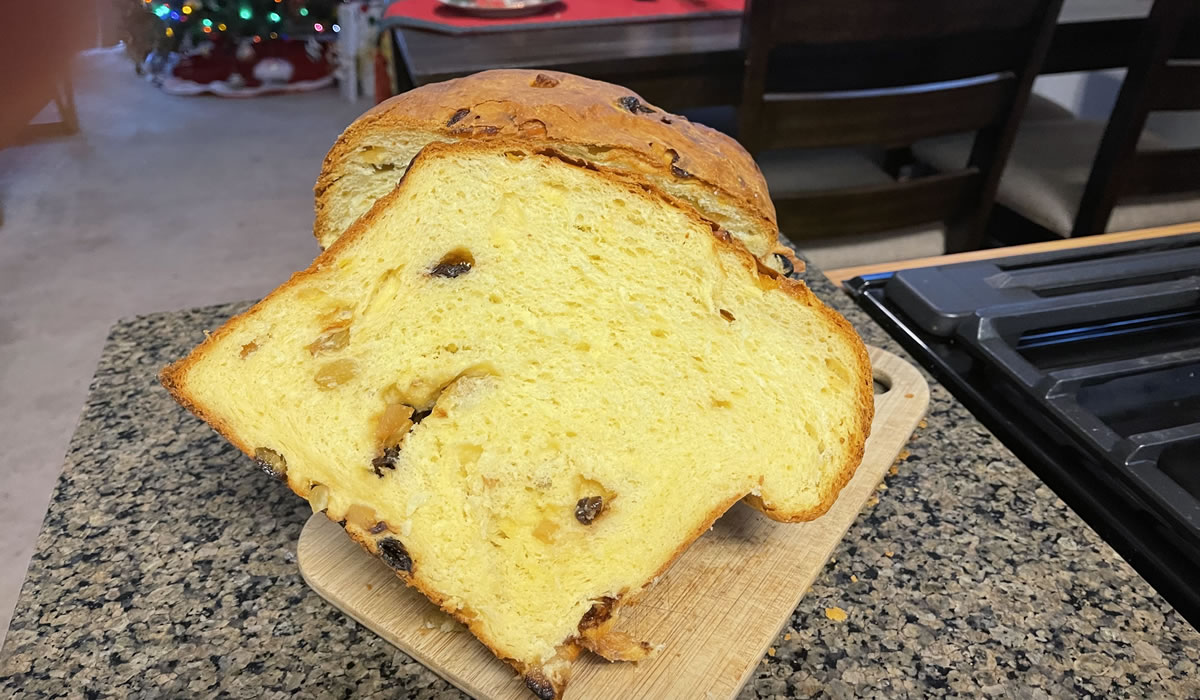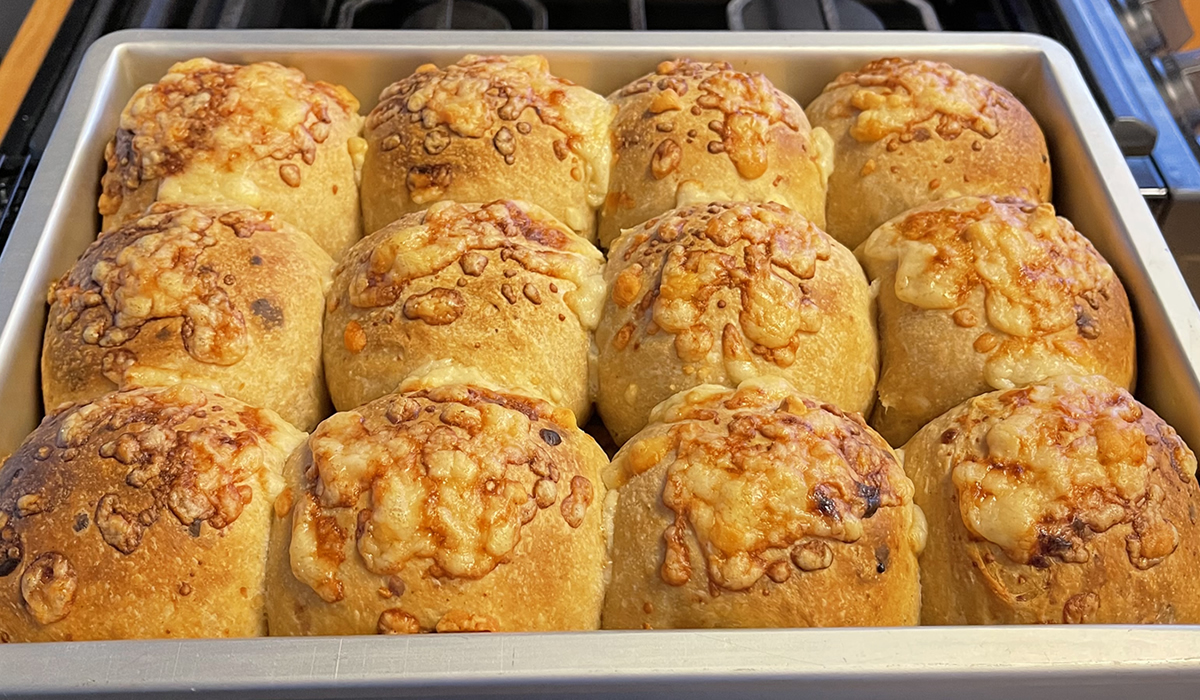Bagels
July 24, 2024
Pizza and a New Mixer
July 14, 2024
Sausage and Peppers and Piadina
April 25, 2024
Chocolate Bread with Chocolate Raspberry Mascarpone
April 1, 2024
Żurek – a Polish Rye Soup – and a loaf of Rye Bread
March 3, 2024
Homemade Soup and a Loaf of Bread
January 23, 2024
Pane Siciliano
January 7, 2024
Perfect Panettone
December 19, 2023
Dutch Crunch Rolls
January 2, 2023
Panettone and Holiday Weight Gain
December 22, 2022
Cheddar Beer Bread Rolls
October 21, 2022
Panettone
December 24, 2021



